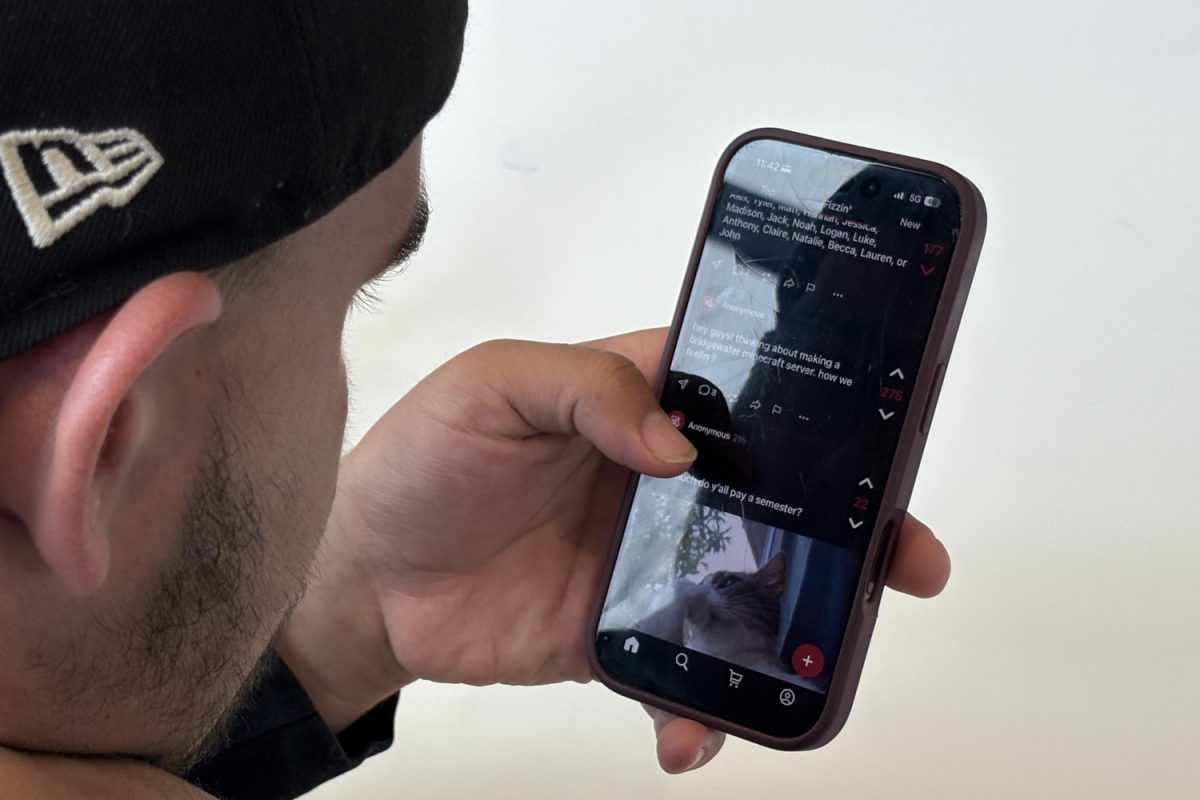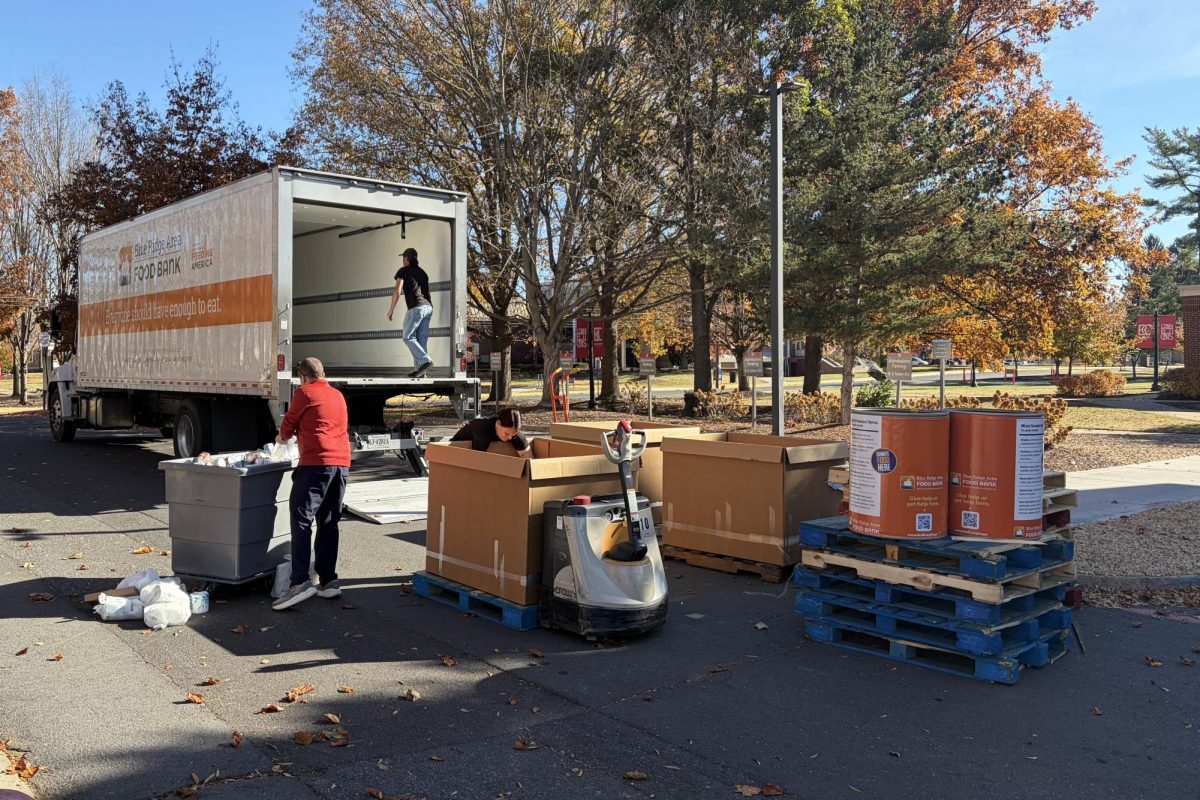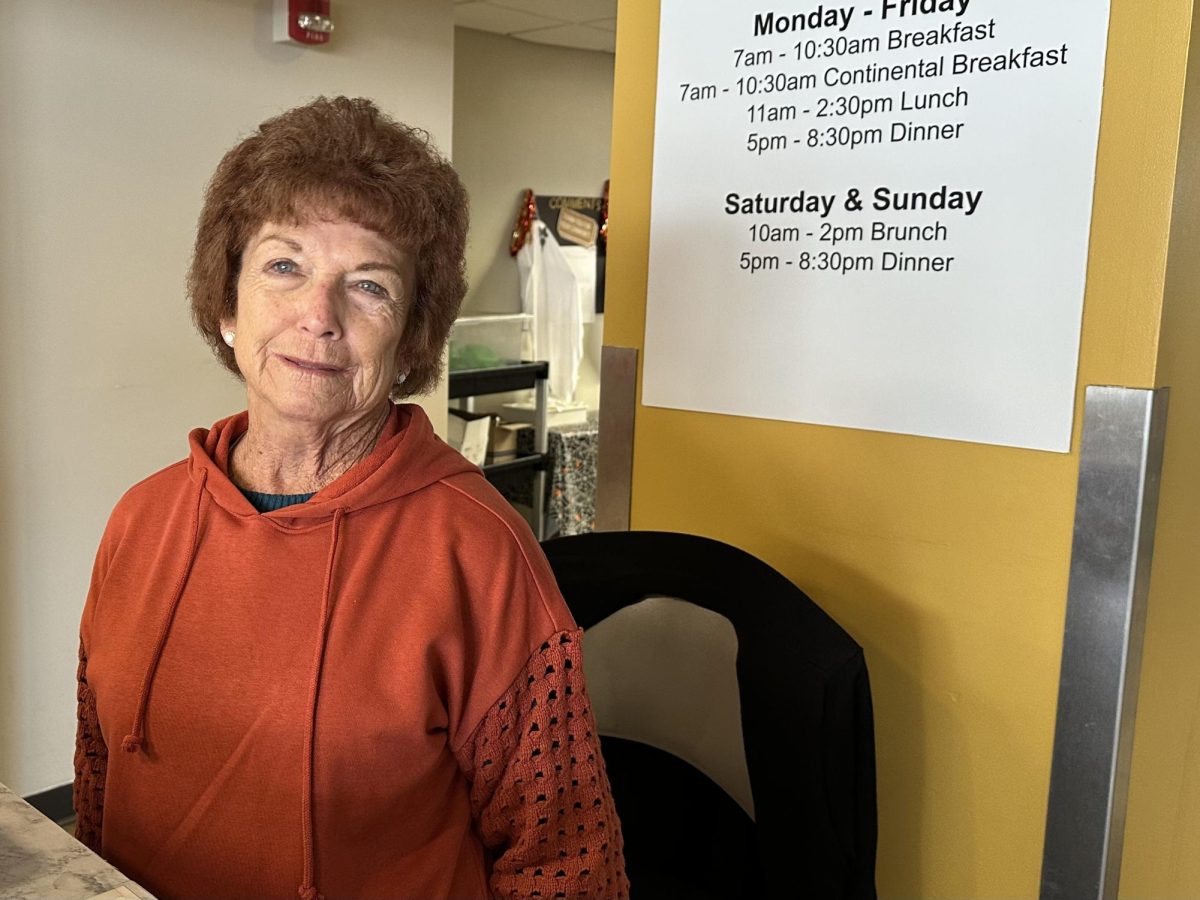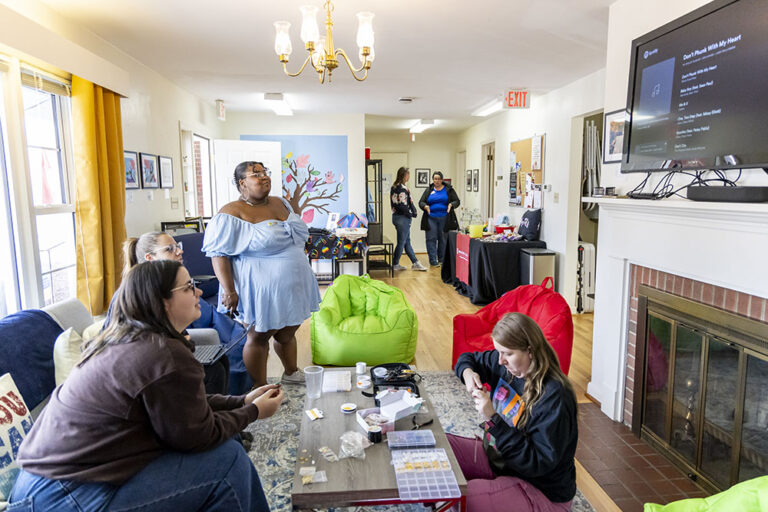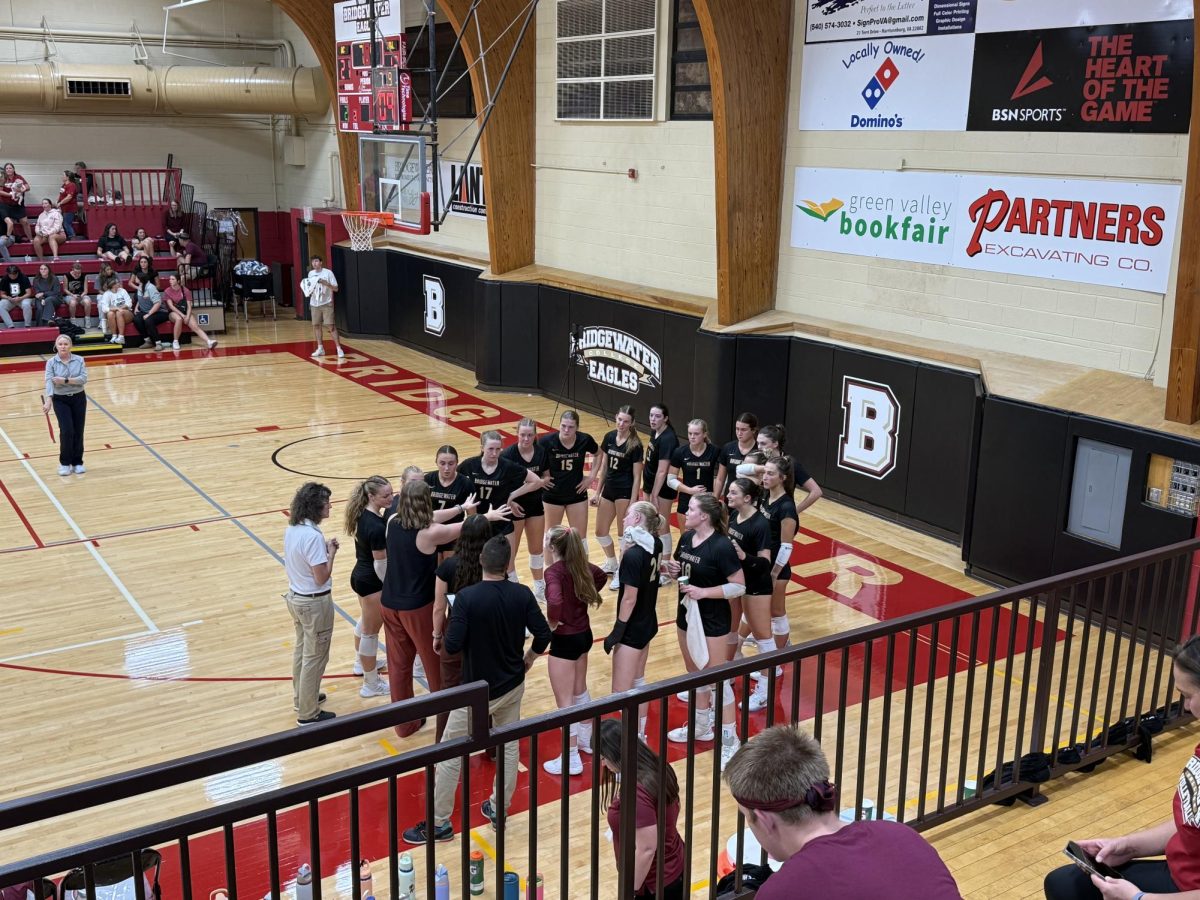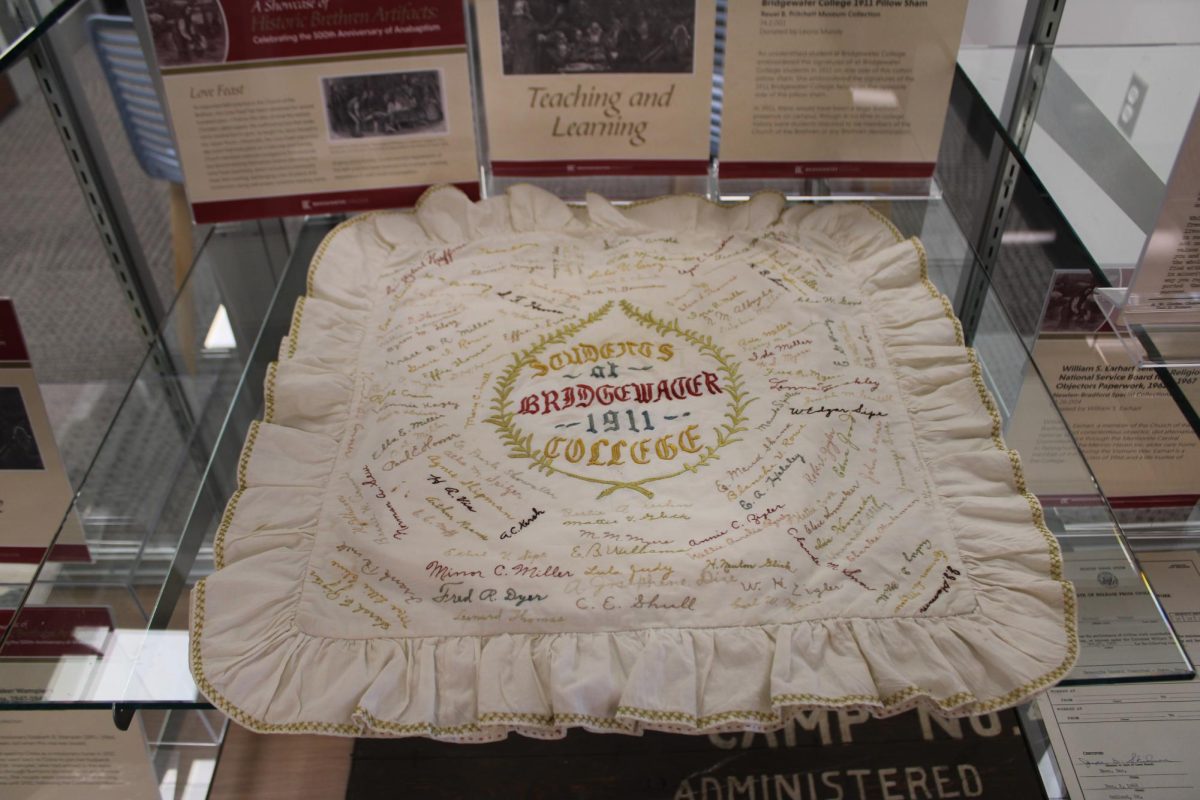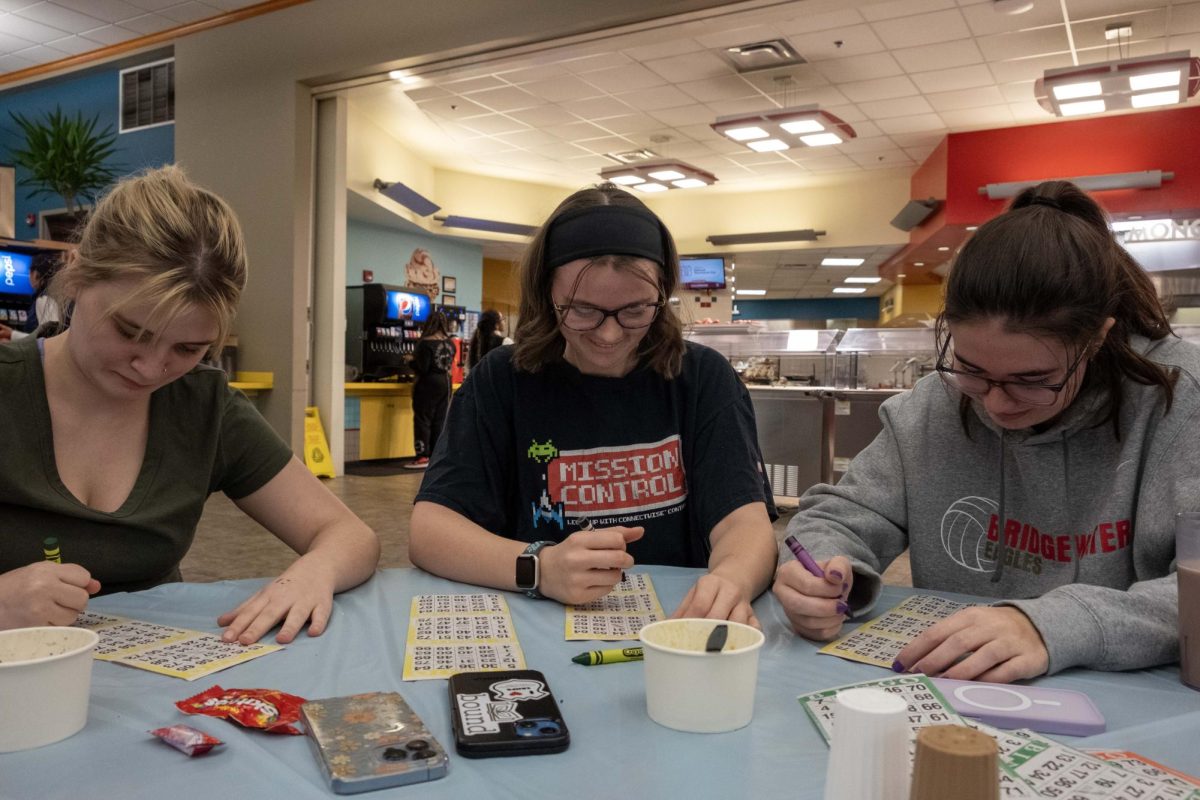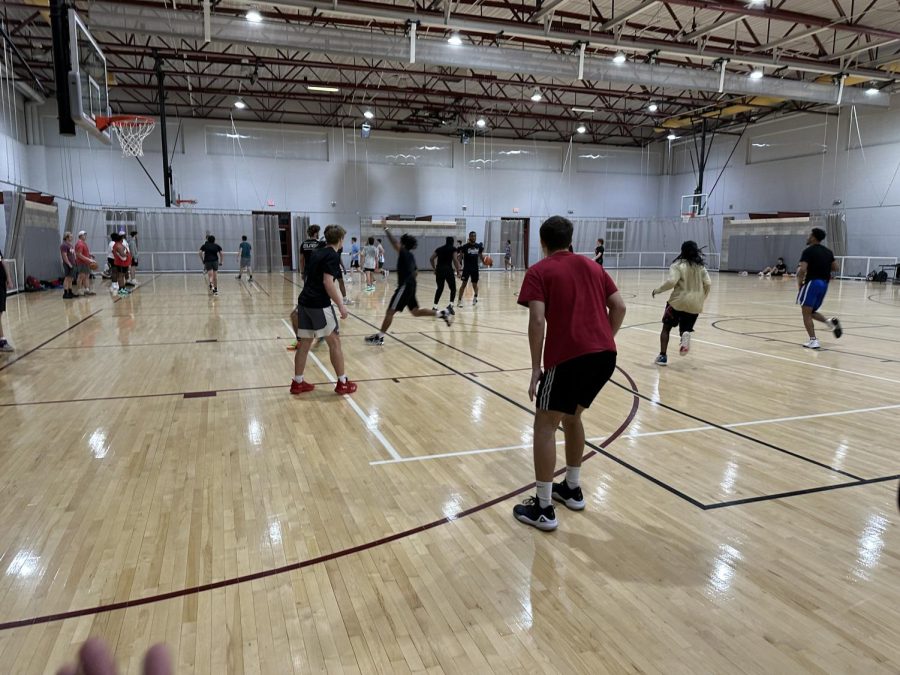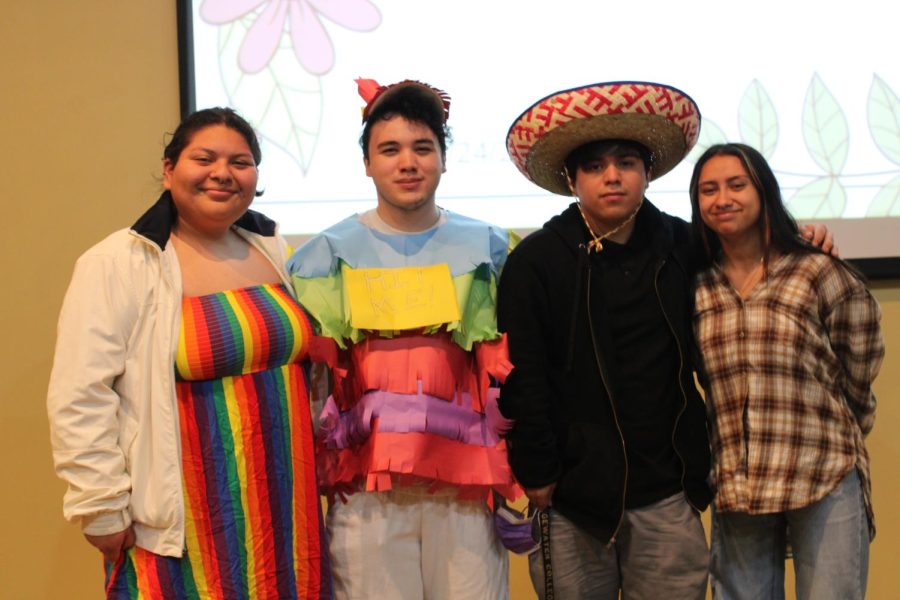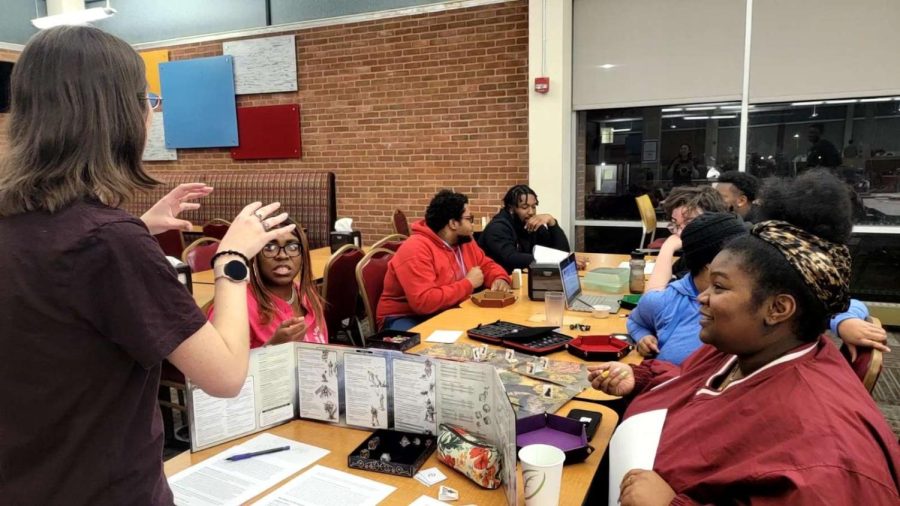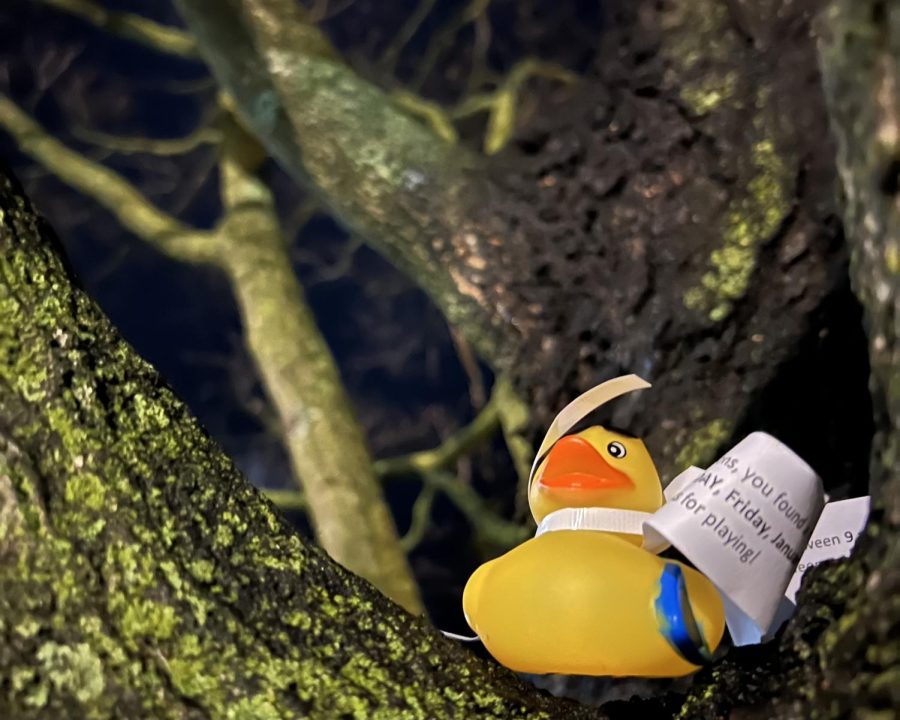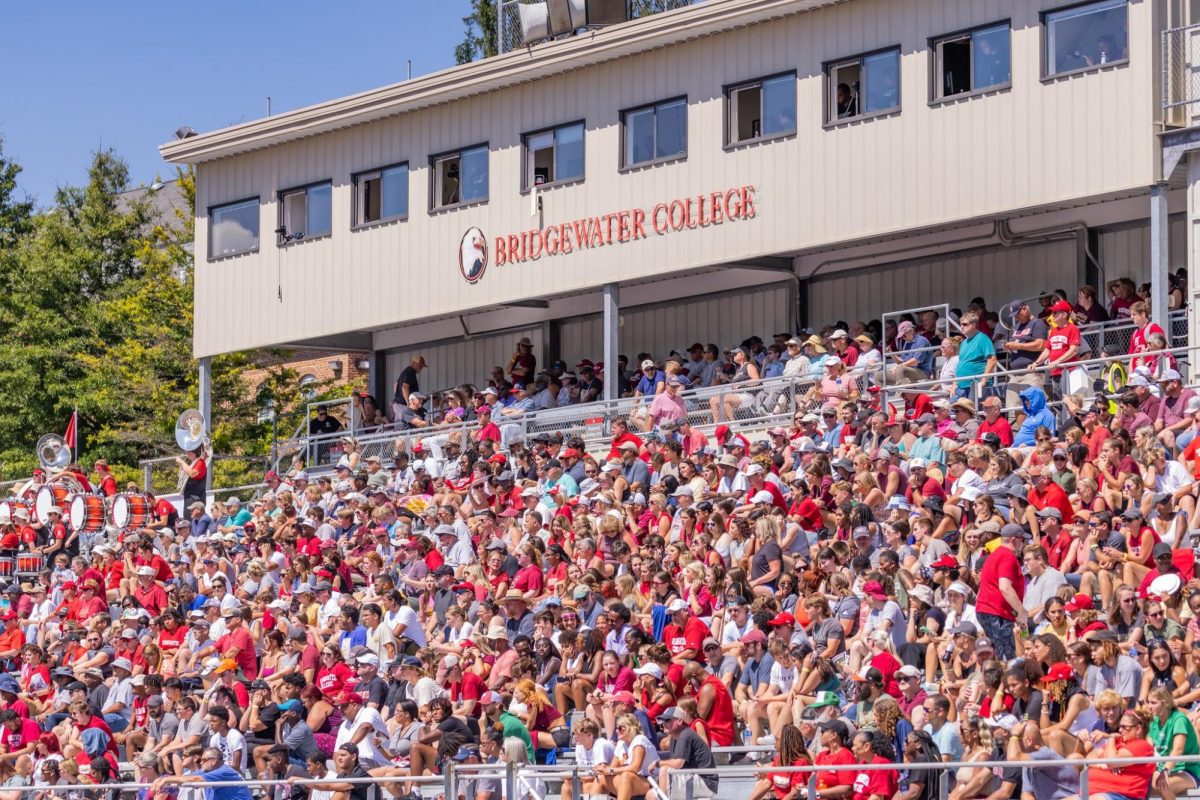College Students and Group Projects
March 11, 2022
Bridgewater, Va. – The optimal number of workers in a group project is 4.6 students or ranging between four and nine.
It can be funny to think of 60% of someone, but sometimes it may feel as if your partner is only doing the work of .6 a person. There always seems to be a slacker.
Group projects are a terrible and inconvenient way to assign work in a college classroom.
No matter what, there seems to be at least one person who wants a free ride, and it is nearly impossible to find a time everyone can meet.
Eighty-three percent of college students said they feel not everyone contributes to projects evenly. Even at the mention of group projects in my classes, my peers immediately shut down any idea of a group assignment.
Recently, my group in a Modern Drama class had to create a presentation on futurism. We had five people in our group, a statistically favorable number of people, and still, two people in the group did not contribute.
They sat in our group chat when we set a time to meet and added nothing to the document we were working on.
Come presentation day, they stood up there and pretended they were a part of the team. They claimed they didn’t see the messages.
What are we even supposed to do in this situation? Tell the professor? Suck it up? I’d prefer to erase group assignments altogether.
It is frustrating to pay to attend college and then be repeatedly forced to support another student, just to receive a good grade.
College students have a hard enough struggle of completing their work on their own time, but doing it on someone else’s is even more difficult.
A lot of students at Bridgewater, including myself, are student-athletes. Between lifts, practices, classes, homework, and jobs, it feels nearly impossible to complete assignments on time.
A group of four students means four different complex schedules to align.
In a study of 917 college students, “difficulty due to scheduling” was ranked fourth out of thirteen other major problems students found with group projects.
When writing a lab report for my biology class, we set a time we could all meet. Two of us showed up on time, one came late from work, and the other claimed he forgot and fell asleep.
It is not an easy task to get three other people with busy lives in the same place at one time. In my case, even when we were able to, one of them was taking a nap!
However, group projects allow college students to meet other classmates and may create an opportunity to learn from people with different backgrounds.
More diverse groups perform 35% better on assignments than those of more uniform groups, though it can be hard to accomplish this if no one ever shows up to complete the project.
Only 13% of students claim to attend class regularly. If college students aren’t attending classes, then are they going to meet for a project?
Colleges push group work because they say it will prepare students to collaborate with coworkers in a work environment.
Group work in college is nothing like group work in the workforce.
At work, it is known who must do what, and each person is qualified in their specific skill to do that job. Thus, if something is not done, then it is obvious who did not contribute.
In a job, people are usually assigned responsibilities and roles. There is a designated leader who facilitates activity. In college, someone is elected or automatically assumes the position.
Additionally, if people are unwilling to contribute, the stakes are higher. They could get fired or lose their livelihood, instead of just getting a bad grade on a project.
In theory, group work seems like a wonderful addition to a college classroom, but just like writing a paper the night before it’s due, it’s always a better idea in your head.
To some, it may not be that big of a deal to meet their peers out of class, but even so, it would be more efficient for the professors to allow class time to work on group projects.
This way, students already have a set time cut out of their day to meet and they don’t have any real reason not to show up.
Group work that is added to lesson plans was never a good idea for college students. Instead, all group activities should be optional and not a mandatory requirement. If students do choose to complete the project by themselves, then there should be fewer criteria for them to follow. If they choose to work in a group, the work should be geared to be completed by one.
Students that work in groups should have the option of choosing who they work with, and if multiple students do not want to choose, only then should they be randomly assigned.
Group projects for college students should be geared towards learning and collaboration. By making small and easy changes, these goals are more foreseeable.

